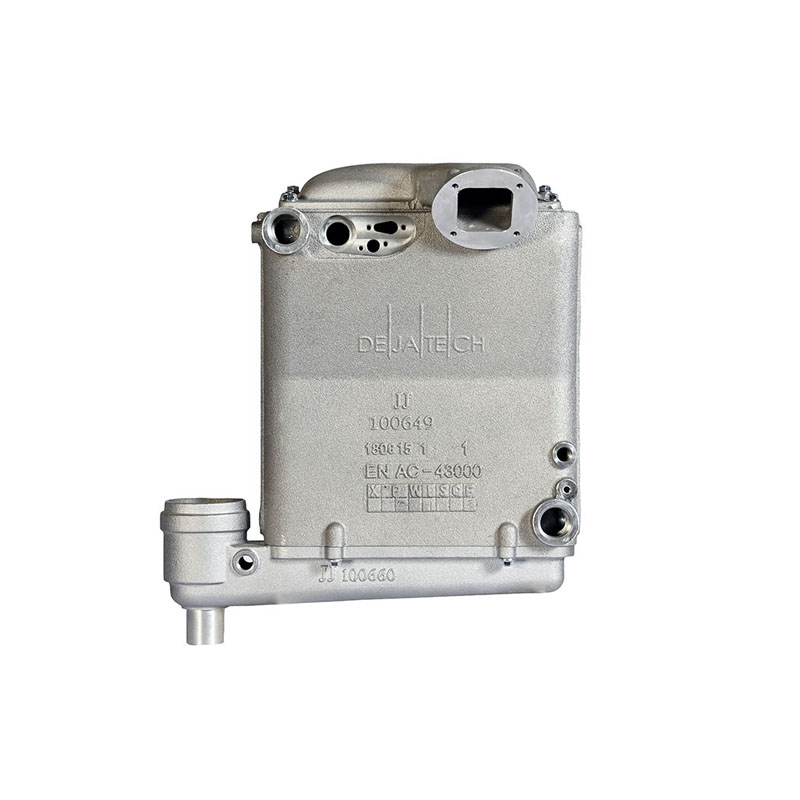What is the difference between a heat exchanger and a heat transfer?
2023-12-15
The terms "heat exchanger" and "heat transfer" are related to the movement or exchange of thermal energy, but they refer to different concepts:
1. Heat Transfer:
- Heat transfer refers to the movement of thermal energy from one object or substance to another due to a temperature difference between them. It occurs in three primary modes:
- Conduction: Heat transfer through direct contact between materials or particles. In this mode, heat flows from regions of higher temperature to lower temperature within a solid or between solids in contact.
- Convection: Heat transfer through the movement of a fluid (liquid or gas) caused by density changes due to temperature variations. Convection can be natural (due to buoyancy forces) or forced (due to external means like fans or pumps).
- Radiation: Heat transfer through electromagnetic waves, such as infrared radiation, without the need for a medium. This mode can transfer heat through a vacuum and doesn't require direct contact between objects.
2. Heat Exchanger:

- A heat exchanger is a device designed specifically to facilitate the transfer of heat from one fluid (or gas) to another without them coming into direct contact. It allows the exchange of thermal energy between two mediums while keeping them physically separated.
- Heat exchangers are used in various applications to efficiently transfer heat between fluids or gases. They consist of channels or surfaces that allow heat to transfer from one medium to another, typically through conduction or convection, while maintaining a barrier to prevent mixing.
In summary, heat transfer is the general process of thermal energy moving from one object to another due to temperature differences, occurring through conduction, convection, or radiation. On the other hand, a heat exchanger is a specific device or system designed to facilitate the transfer of heat between two separate fluids or gases without allowing them to mix, enabling efficient thermal exchange between the two mediums.


